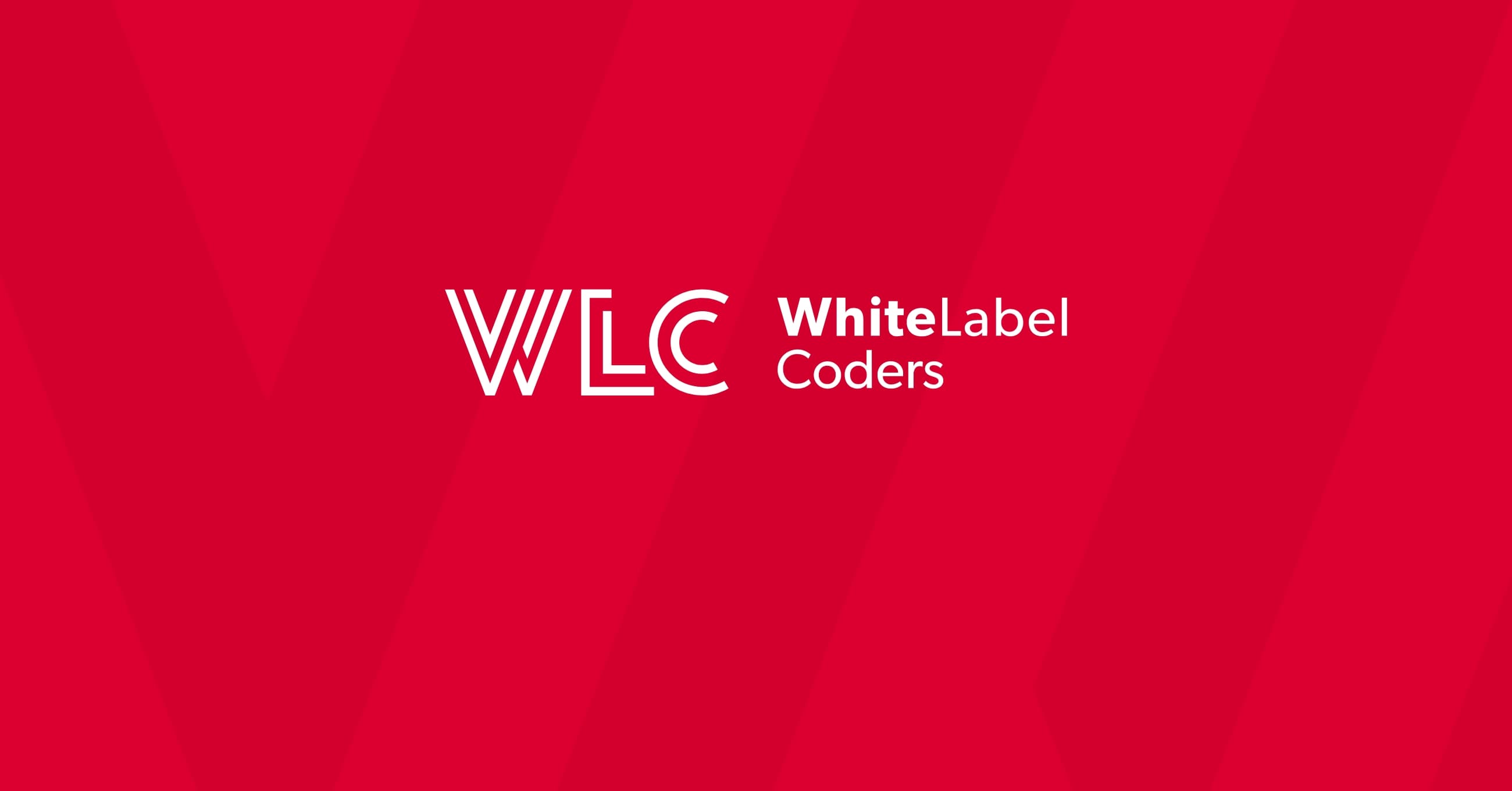Category: SEO AI
Does WordPress use HTML and CSS?

Understanding WordPress and its foundation technologies
WordPress began as a simple blogging platform in 2003 but has evolved into the world’s most popular content management system (CMS), powering approximately 43% of all websites on the internet. At its core, WordPress is built upon several fundamental web technologies that work together to create the websites we see.
The foundation of any WordPress site consists of three primary layers:
- HTML (HyperText Markup Language) – Provides the structure and content
- CSS (Cascading Style Sheets) – Controls the visual presentation and layout
- PHP – The server-side programming language that powers WordPress’s dynamic functionality
While WordPress also utilizes JavaScript and databases (typically MySQL), HTML and CSS remain the fundamental building blocks that determine how content is structured and displayed. The brilliance of WordPress lies in how it abstracts these technologies through its user interface, allowing non-technical users to build websites without writing code, while still giving developers access to customize every aspect through WordPress custom development.
Does WordPress use HTML and CSS?
Absolutely, WordPress fundamentally relies on HTML and CSS. Every WordPress website, regardless of complexity, ultimately delivers HTML and CSS to visitors’ browsers. What makes WordPress special is that it generates this code automatically based on your content, settings, and chosen theme.
When you create a post or page in WordPress, you’re essentially providing content that WordPress transforms into properly formatted HTML. The visual appearance of that content – colors, fonts, layouts, and responsive behavior – is controlled by CSS, either from your theme’s stylesheets or from customizations you’ve added.
The relationship works like this:
- Your content + WordPress’s theme templates → HTML structure
- Your theme settings + customizations → CSS styling
For instance, when you format text as bold in the WordPress editor, the system generates the HTML <strong> tags automatically. Similarly, when you select a theme, WordPress applies predefined CSS stylesheets that control everything from text colors to the responsive layout.
How does WordPress use HTML?
WordPress uses HTML in several key ways to render content and maintain website structure. At the most basic level, WordPress transforms your content into proper HTML markup through its template system.
The process typically works like this:
- You create content in the WordPress editor
- WordPress stores this content in the database
- When a visitor requests a page, WordPress retrieves the content
- WordPress passes the content through theme template files
- These template files contain PHP code that generates HTML
- The final HTML is sent to the visitor’s browser
WordPress themes contain various template files (like header.php, index.php, footer.php) that control how different parts of your site are rendered in HTML. These templates include both static HTML and PHP code that dynamically outputs HTML based on your content and settings.
For example, when you create a blog post with headings, paragraphs, and images, WordPress uses its template hierarchy to determine which PHP template files should process your content, then generates the appropriate HTML tags (<h2>, <p>, <img>, etc.) to structure the page correctly.
How does WordPress implement CSS?
WordPress implements CSS through a sophisticated system of stylesheets that control the visual presentation of websites. Every WordPress theme includes at least one main stylesheet (style.css), which defines the core appearance of your site. This implementation follows a clear hierarchy:
The CSS implementation in WordPress follows several patterns:
- Theme Stylesheets: The primary source of styling, located in your theme’s directory
- Plugin CSS: Many plugins add their own stylesheets for specific functionality
- WordPress Core CSS: Minimal styling provided by WordPress itself
- Custom CSS: User-added styles through the Customizer, theme options, or custom CSS plugins
WordPress loads these stylesheets in a specific order, with later styles potentially overriding earlier ones (hence “cascading” in CSS). The system also supports responsive design through media queries, allowing sites to adapt to different screen sizes.
Modern WordPress themes often use a modular approach to CSS, breaking styles into separate files for different components (header, footer, navigation, etc.) and then combining them for production. This approach makes WordPress custom development more manageable for complex projects.
Do I need to know HTML and CSS to use WordPress?
You don’t need to know HTML and CSS to use WordPress at a basic level. That’s one of WordPress’s greatest strengths – it makes website creation accessible to non-technical users. You can select themes, customize designs through user-friendly interfaces, add content, and manage your website entirely through WordPress’s visual tools.
However, the level of HTML/CSS knowledge you might benefit from depends on your goals:
- Basic website owners: No coding knowledge required
- Content creators: Basic HTML can help with formatting nuances
- Site customizers: Some CSS knowledge helps for visual tweaks
- Web professionals: Comprehensive HTML/CSS knowledge enables unlimited customization
Even without coding knowledge, WordPress’s block editor and customization options give you considerable control. But learning some HTML and CSS opens up new possibilities for customization and problem-solving. For instance, knowing CSS allows you to make specific styling changes that might not be available through your theme’s options.
For businesses requiring sophisticated websites with unique functionality, partnering with experts who specialize in WordPress custom development is often the most efficient solution, combining the best of WordPress’s flexibility with professional implementation.
What’s the difference between the WordPress editor and direct HTML/CSS coding?
The WordPress editor (Gutenberg) and direct HTML/CSS coding represent two different approaches to creating web content, each with distinct advantages.
The WordPress block editor offers:
- Visual, WYSIWYG (What You See Is What You Get) content creation
- Pre-built blocks for common elements (paragraphs, headings, images, etc.)
- Drag-and-drop interface for arranging content
- Built-in responsive behavior
- No coding knowledge required
Direct HTML/CSS coding provides:
- Complete control over every aspect of structure and styling
- No limitations imposed by the editor’s capabilities
- Potentially cleaner, more efficient code
- The ability to implement any design or functionality imaginable
- Requires technical knowledge and experience
WordPress brilliantly bridges these approaches. While the block editor generates HTML and CSS behind the scenes, WordPress also provides access to the HTML for those who want to make direct edits. For instance, you can switch individual blocks to “HTML mode” or use “Custom HTML” blocks when you need precise control.
For professional developers creating complex websites, WordPress themes and templates offer direct access to the underlying HTML structure and CSS styling, enabling fully custom implementations while still leveraging WordPress’s powerful CMS capabilities. Following the WordPress development workflow best practices ensures efficient and maintainable code.
How can I customize WordPress with HTML and CSS?
Customizing WordPress with HTML and CSS gives you the power to create truly unique websites that stand out from template-based designs. There are several safe and effective methods to implement custom code:
For HTML customization:
- Custom HTML blocks: Insert HTML directly into pages/posts using the Custom HTML block
- Theme template modification: Edit theme PHP files that output HTML (best done in a child theme)
- Custom page templates: Create specialized templates for specific pages with unique HTML structures
- Shortcodes: Develop custom shortcodes that output specific HTML patterns
For CSS customization:
- WordPress Customizer: Add custom CSS through the built-in Additional CSS section
- Child theme stylesheet: Create a style.css file in a child theme that overrides parent theme styles
- Custom CSS plugins: Use plugins designed specifically for adding custom styles
- Enqueued stylesheets: For developers, properly enqueue custom CSS files through functions.php
When implementing custom code, always follow these best practices:
- Use a child theme for any theme file modifications to prevent update losses
- Back up your site before making significant changes
- Test customizations on a staging environment first
- Use browser developer tools to experiment with CSS before implementing
- Keep your custom code organized and documented
For businesses requiring substantial customization, working with specialists in custom WordPress website development ensures professional implementation while maintaining WordPress’s upgrade compatibility and security. Many website owners also find that knowing which WordPress plugins you need can greatly enhance functionality without extensive custom coding.
Key takeaways about WordPress and its relationship with HTML and CSS
WordPress represents a remarkable balance between user-friendly interfaces and professional web development technologies. Here are the essential points to understand about WordPress and its relationship with HTML and CSS:
- WordPress fundamentally uses HTML and CSS to render all websites, regardless of how they’re built
- The CMS automates HTML/CSS generation, making website creation accessible to non-technical users
- WordPress themes provide structured templates that control HTML output and CSS styling
- Basic WordPress usage requires no coding knowledge, but understanding HTML/CSS opens up customization possibilities
- The block editor (Gutenberg) creates a bridge between visual editing and code-based customization
- For professional implementation, child themes and proper WordPress development practices ensure customizations remain compatible with updates
This dual nature is what makes WordPress so powerful. It can be as simple or as sophisticated as you need, scaling from basic blogs to complex enterprise websites. While beginners can create functional sites without touching code, developers can leverage WordPress as a robust framework for custom web applications.
Whether you’re building your first site or planning a complex web project, understanding this foundational relationship helps you make the most of WordPress’s capabilities. For businesses with specific requirements, professional WordPress custom development services can transform the platform into precisely the solution you need. Additionally, understanding WordPress security basics is crucial for maintaining the integrity of your website, regardless of how technically complex it may be.
Many businesses are also discovering that WordPress is an excellent platform for e-commerce, providing the flexibility needed for online stores of all sizes while maintaining the ease of use that WordPress is known for.

